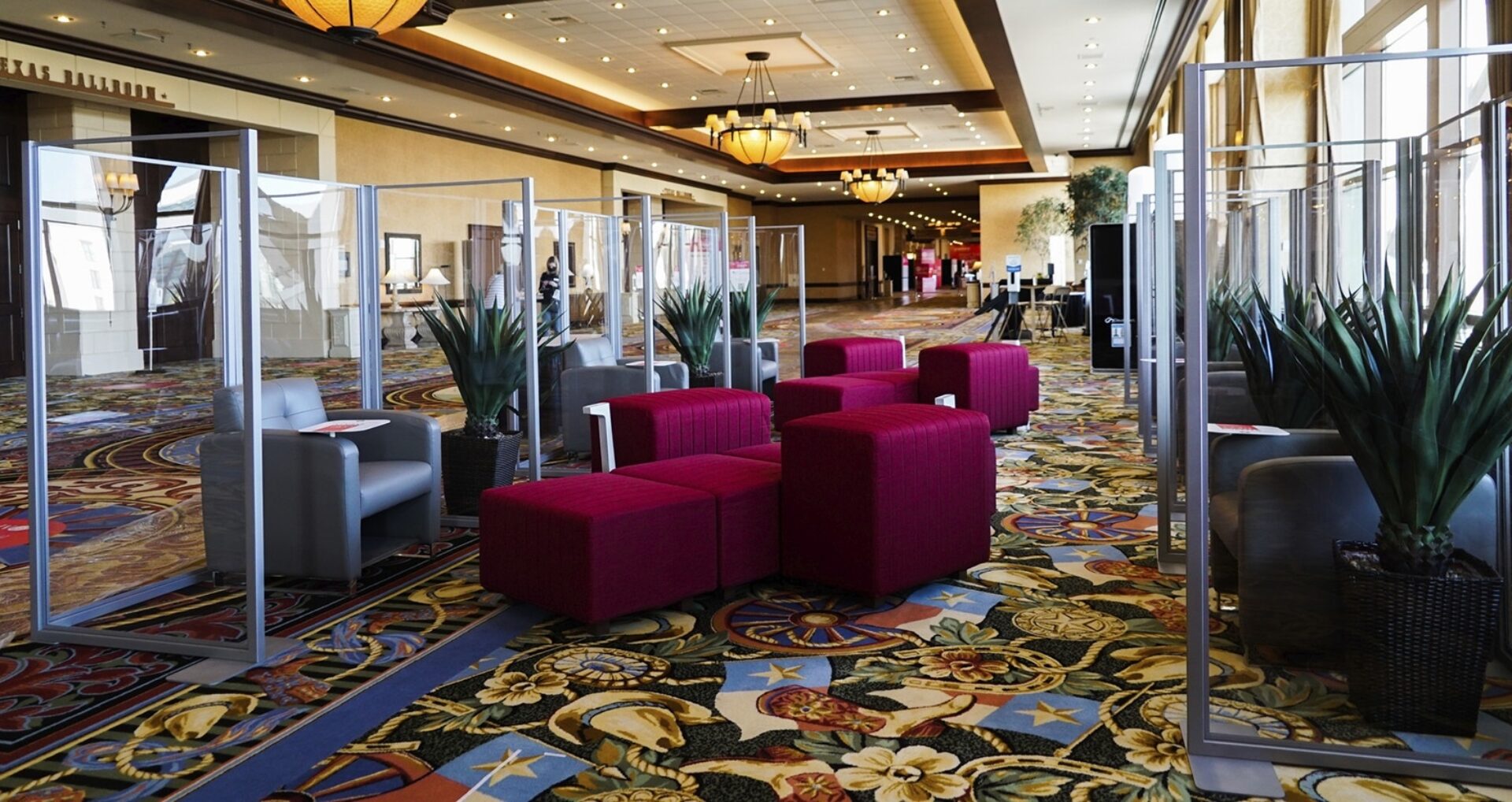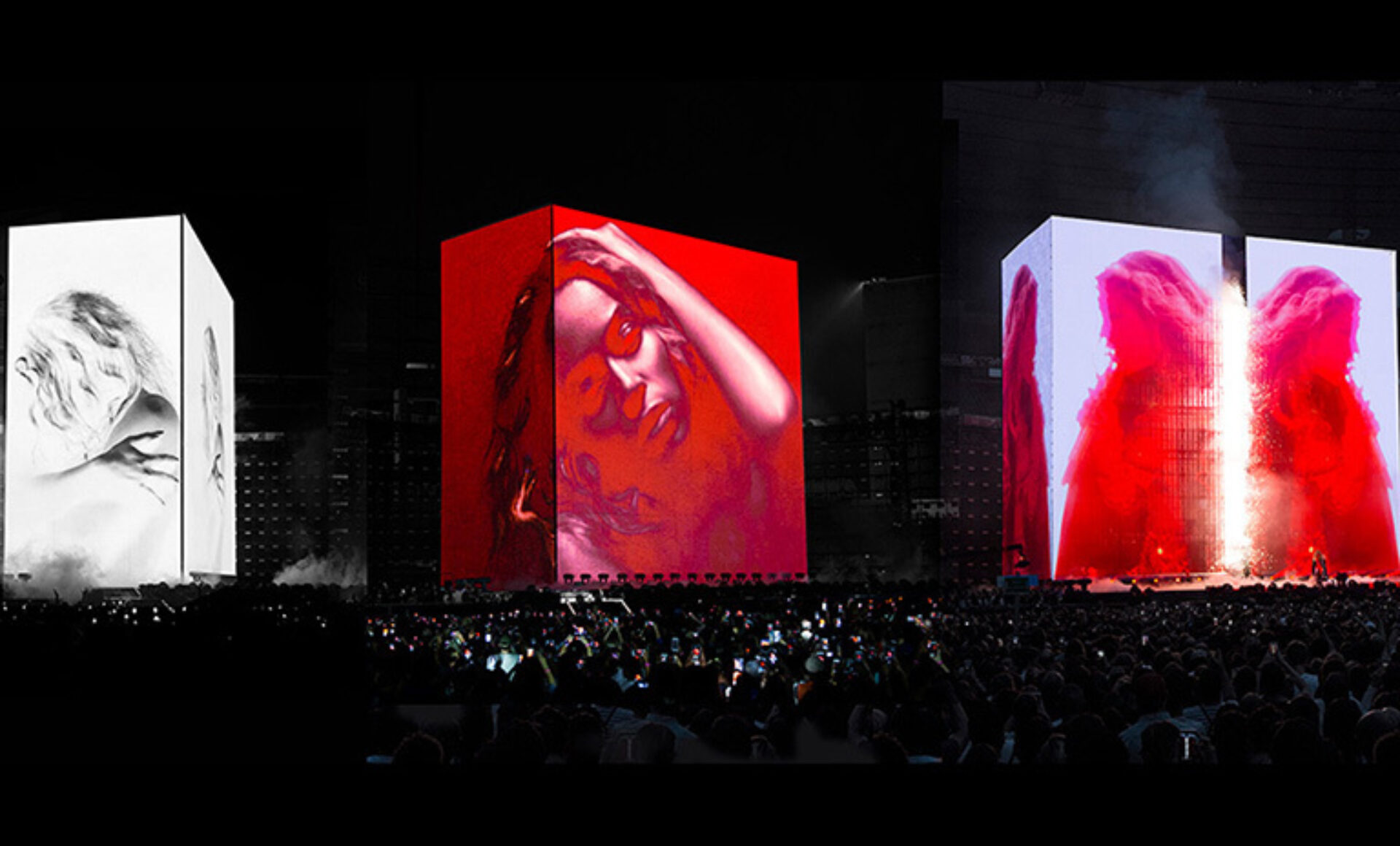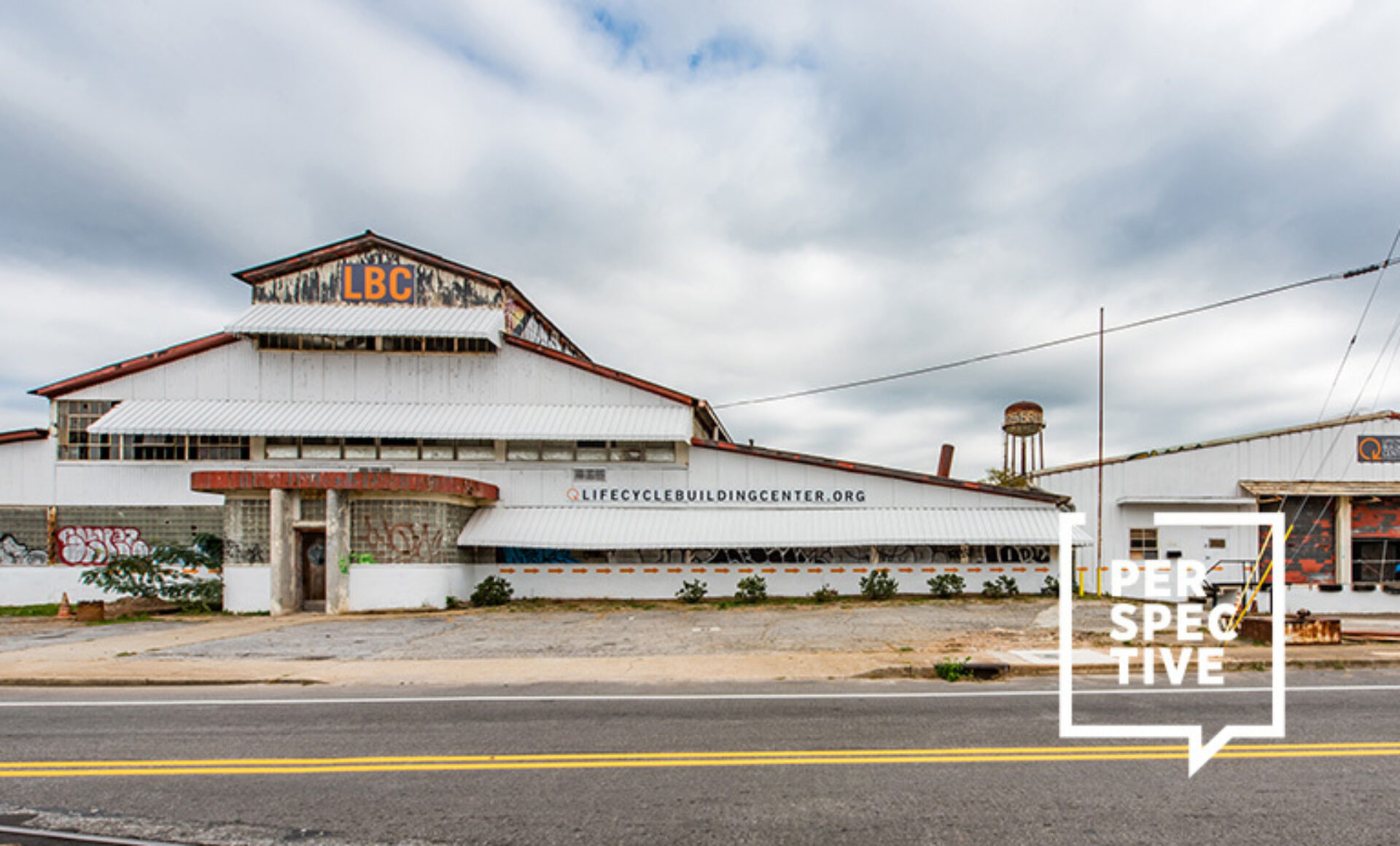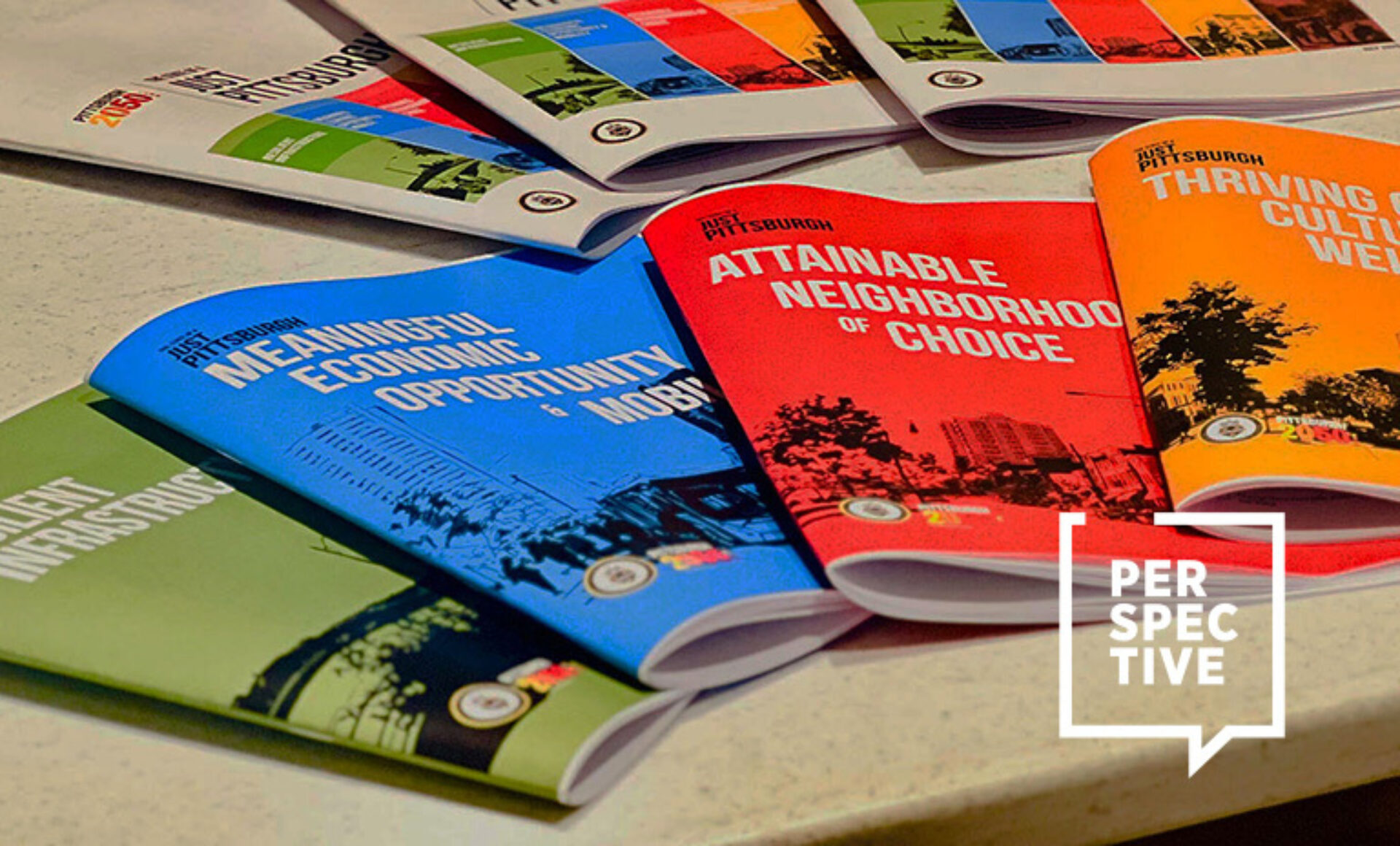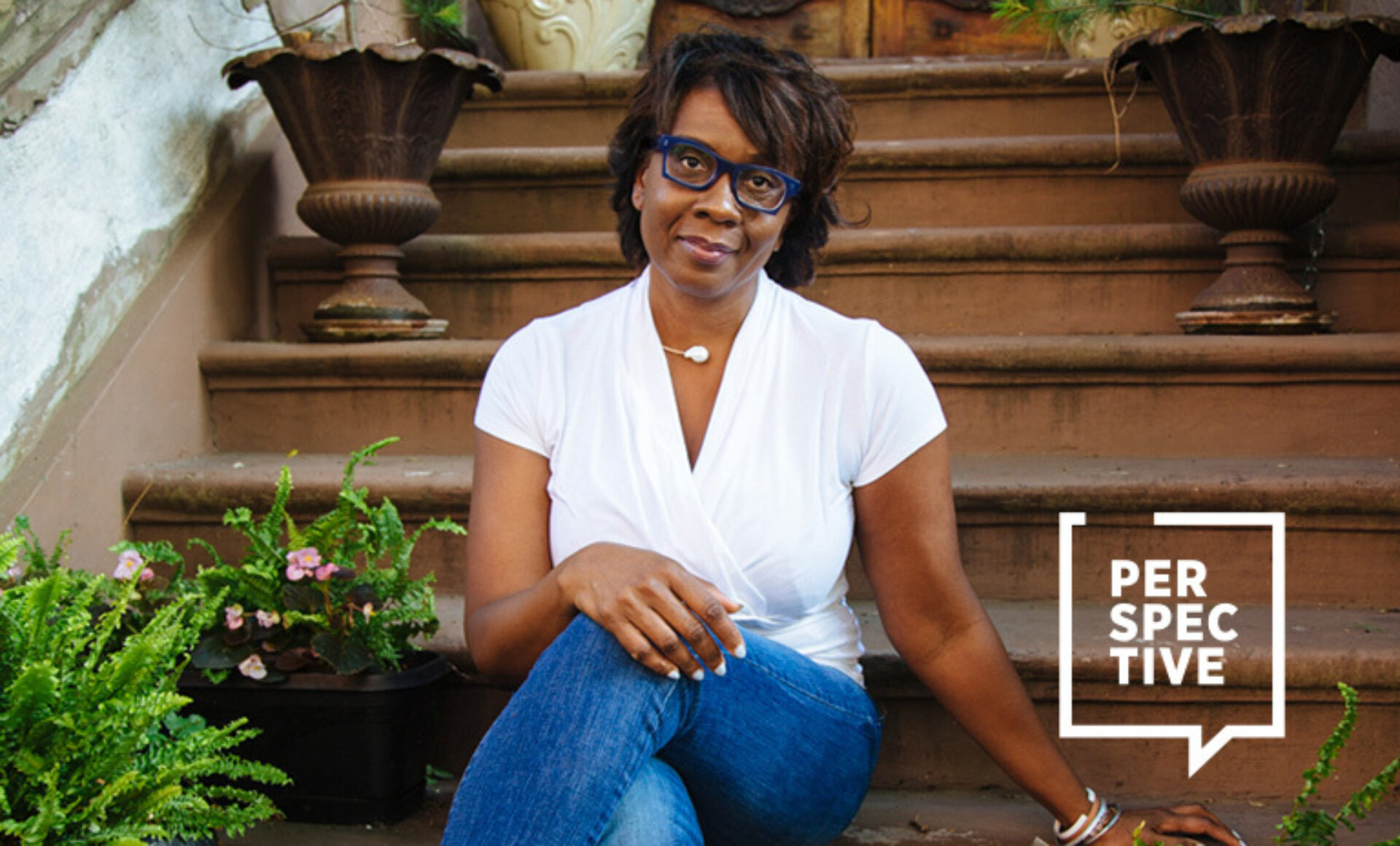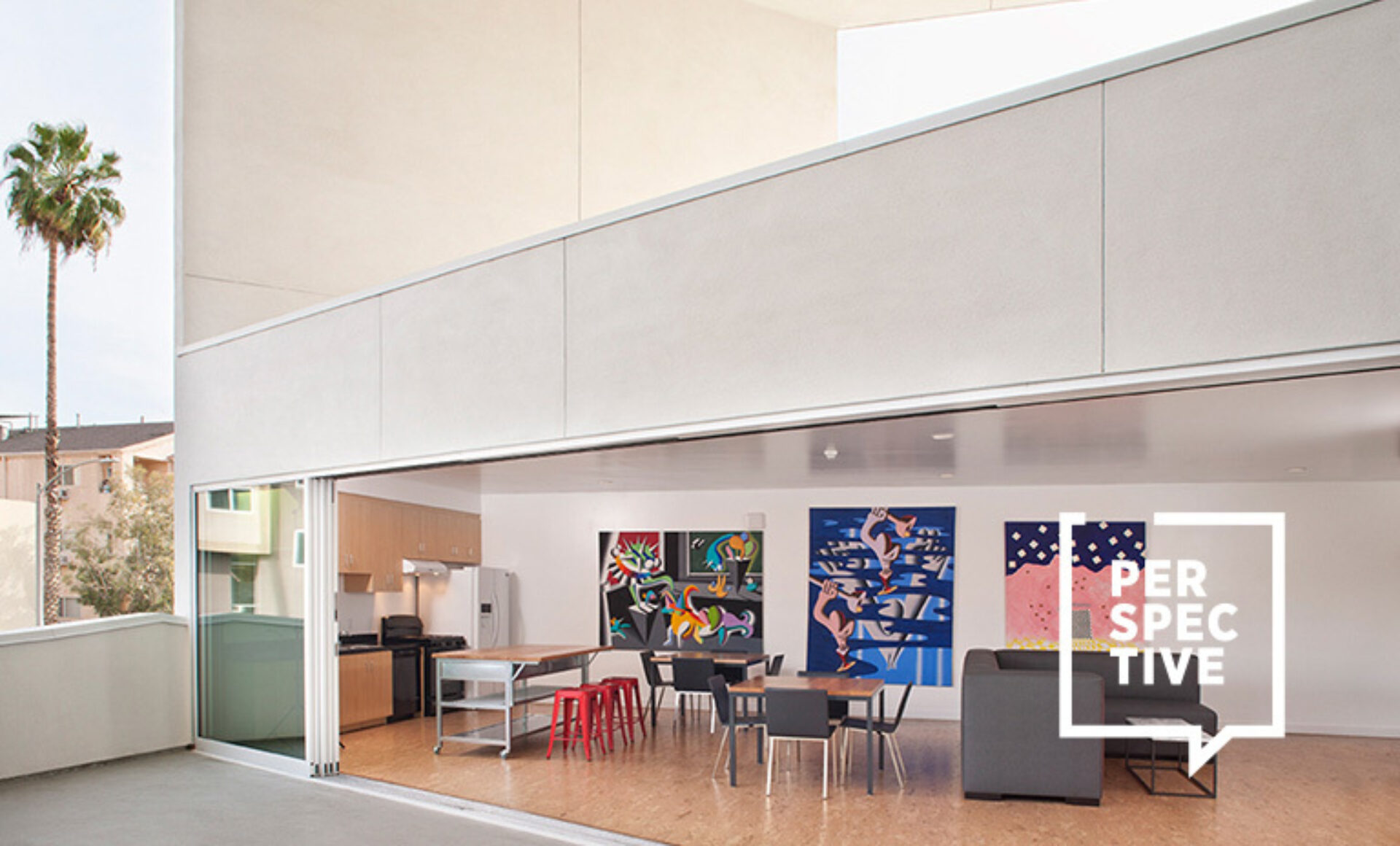More than a year after COVID-19 spun the world in a new direction, two designers reflect on how their POVs have shifted—and how they see the next normal.
We talk to Amy Campos, IIDA, founder and principal, Amy Campos Architect and chair of the interior design program, California College of the Arts, San Francisco and Maliha Nishat, director of interior design for the Middle East and Africa, Marriott International, Dubai.
Amy Campos: There are a few innovations we can focus on. First, there’s the process of making design. When you’re communicating remotely, you miss out on subtle things like body language and eye movements, which forces you to be really clear with your verbal, drawn and written communication. Now, everything is documented and recorded. As a result, the collaborative process of design is much more integrated and streamlined between my clients and I. Clients (and students) were using technologies for communication intermittently pre-pandemic, but now it’s routine, and that’s improved the quality and clarity of collaboration.
The second innovation is the design itself. Our assumptions about spaces and the activities they support have collapsed. There’s an opportunity to think differently about the way people interact with space and with each other in physical and virtual space. Fundamentally, that’s a designer’s job—to see opportunity. Because we deal so intimately with the orchestration of social connectivity through spaces, interior designers should and will be at the very forefront of conversations about how public-ness is re-created post-pandemic. We have the tools to help our society get through this moment in a radically positive way.

Maliha Nishat: Post-COVID design is a response to basic human instinct: the need for wellbeing. Before the pandemic, we saw a large increase in communal spaces and even communal living. As the pandemic rolled in, communal activities were questioned—especially in lobbies and public spaces. It has come as a bit of a surprise, then, that communal spaces are even more sought-after now than before. Perhaps lockdowns and isolation have inadvertently increased the need for human connection.
Hospitality design has taken cues from this new normal and developed creative strategies to bring people back into hotels. One example is working from home, away from home. Hotel rooms are set up as home offices for those who want to get away. The pandemic has also increased demand for in-room technologies: video conferencing and connectivity, keyless access to rooms, voice-recognition devices for housekeeping and room service, or the ability to request service from a mobile app.
In this current climate, one of the most challenging tasks is to keep up with all the change. With plans constantly shifting and lockdowns shutting off parts of the world, only one thing is for sure: the need for flexibility and quick adaptation.
And yet, some things will never change. We still need human connection—hospitality is nothing without that. Things are moving on, but we are reframing our approach to consider design solutions through the lens of health and wellness, helping to infuse spaces with a welcoming atmosphere to attract guests back.
All images Marriott International Interiors, courtesy of Marriott
